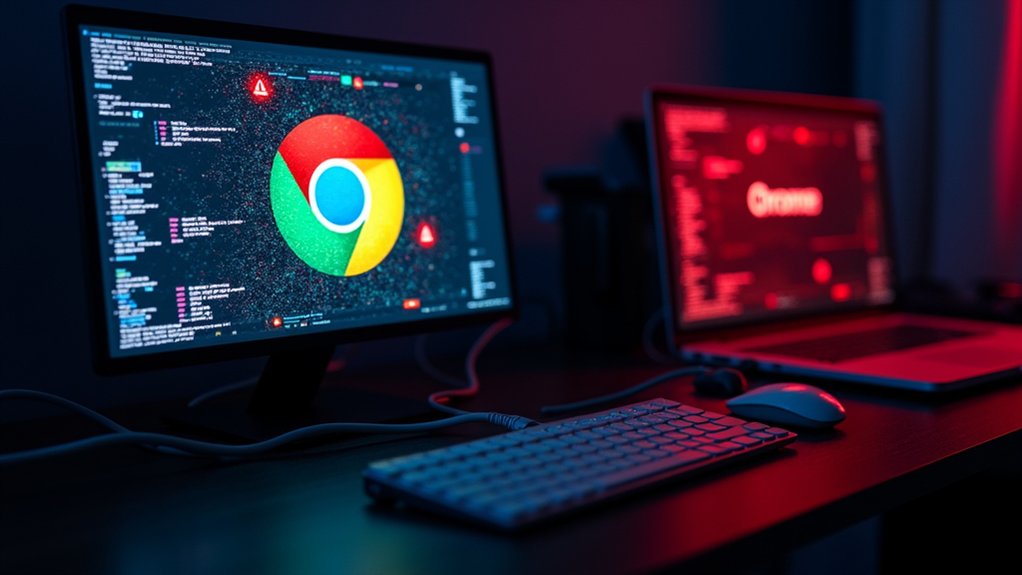As millions of users worldwide rely on Google Chrome for daily internet browsing, a critical zero-day vulnerability designated CVE-2025-5419 has emerged as an active threat to system security across all platforms. The vulnerability, identified in Chrome’s V8 JavaScript engine, represents an out-of-bounds read and write issue that facilitates heap corruption, potentially leading to arbitrary code execution on compromised systems.
Researchers from Google’s Threat Analysis Group, specialists in identifying commercial spyware exploits, found and reported the security flaw. The zero-day classification indicates that attackers successfully weaponized the vulnerability before security patches became available to users. Google has deliberately withheld particular technical details to protect users still running vulnerable browser versions.
Active exploitation campaigns have been documented in real-world cyber espionage operations, with attackers utilizing malicious HTML pages, phishing websites, and specially crafted files as primary attack vectors. Successful exploitation allows cybercriminals to achieve full system compromise, install malware, hijack browser sessions, and bypass Chrome’s sandbox protections.
Cybercriminals are actively exploiting this vulnerability through malicious websites and files to achieve complete system compromise and bypass security protections.
Although the vulnerability particularly threatens Chrome users on Windows platforms, Google has deployed security updates across all operating systems.
The V8 JavaScript engine, responsible for executing JavaScript code within Chrome browsers, serves as the vulnerability’s focal point. Out-of-bounds memory manipulation permits attackers to corrupt heap memory, resulting in unstable browser behavior or complete code execution control.
This vulnerability joins other recently exploited Chrome security flaws, including CVE-2025-2783, which involves Mojo sandbox bypass capabilities, and various use-after-free bugs affecting the Blink rendering engine.
Google responded with emergency Chrome 137 updates, urging immediate user installation through automatic update mechanisms. Security advisories recommend closing all Chrome windows and relaunching the browser to apply critical patches. Manual update verification guarantees protection against ongoing zero-day exploitation attempts. Additionally, CISA added this vulnerability to its Known Exploited Vulnerabilities catalog, emphasizing the active threat to users and organizations.
External security agencies report continued active exploitation targeting high-value individuals and organizations, with suspected involvement from commercial spyware vendors. The National Institute of Standards and Technology rates CVE-2025-5419 as having significant remote exploitation potential.
Enterprise administrators must monitor advisory updates and enforce policies requiring current browser versions to uphold organizational security standards. Organizations implementing Zero-Touch Patching solutions can automate the deployment of critical security updates to eliminate manual intervention delays.









